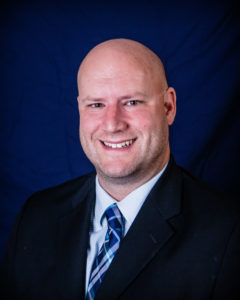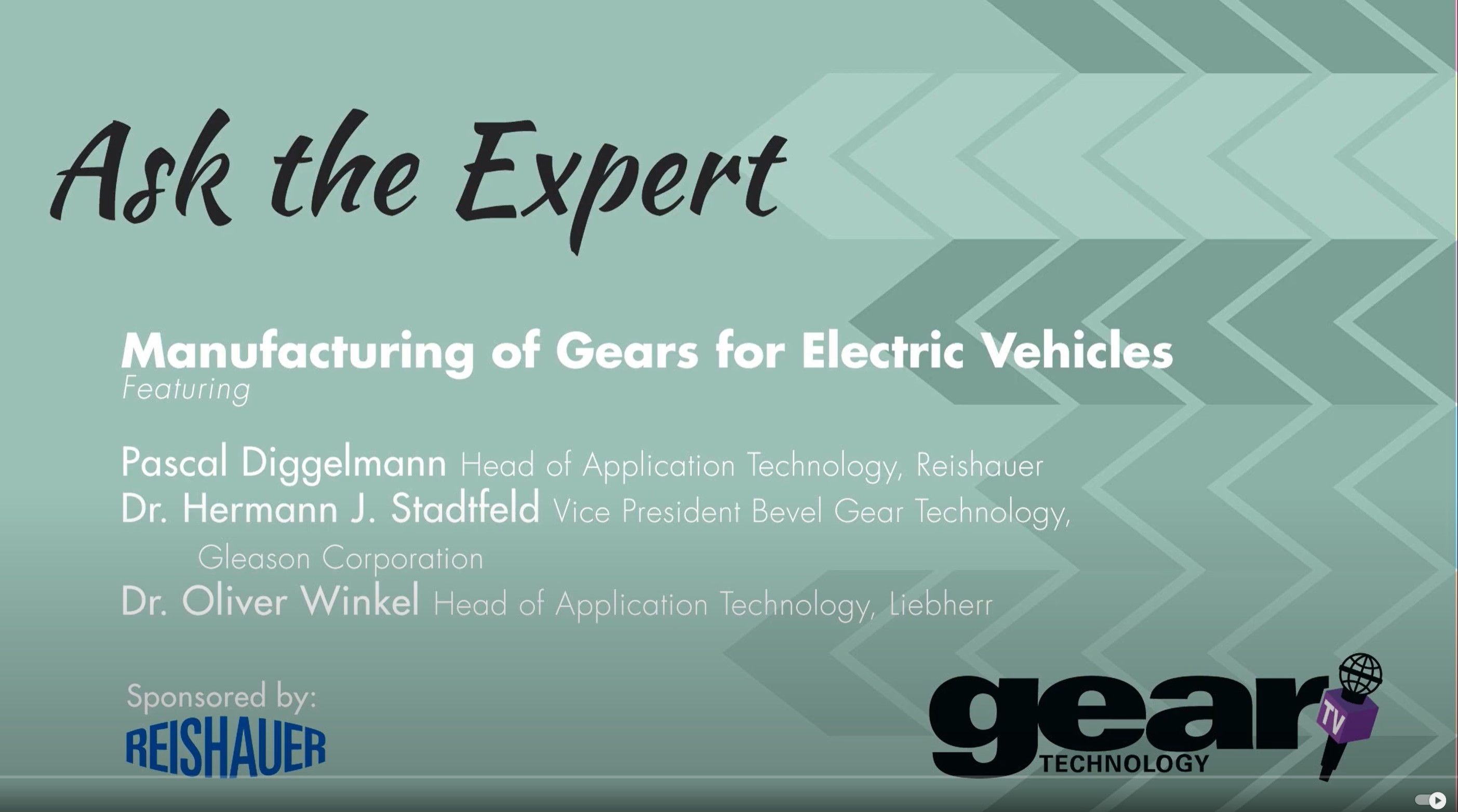CTI USA Symposium 2023 Recap
Range anxiety, infrastructure debates, raw material shortages and unanswered questions shake up automotive’s move toward electrification—the journey won’t be easy, but the industry will push technology until it finds a way.
Our global push towards electrification continues to produce skepticism, pessimism, and doubt despite the many obstacles the automotive industry has overcome. There are good ideas, bad ideas, and the occasional terrible idea still on the table, but hearing all the debates, challenges and future considerations at the latest CTI USA Symposium in Novi, MI, reminds us EVs weren’t built in a day—and batteries, charging stations and all-electric heavy-duty trucks weren’t either. What we should appreciate—despite all the noise and uncertainty—is the men and women rolling up their sleeves and trying to solve the many challenges occurring in the e-mobility and electrification space.
If we hopped in our all-electric time machine—the flux capacitor it turns out is a pipe dream—we’d find business leaders panicking over the move from horse-drawn carriages to automobiles. We’d find engineers wrestling over plans for an interstate highway system. We’d come across an all-electric, six-passenger wagon debuting back in 1890 with a top-speed of 14 mph.
 The point here is the electrification of the automotive industry has so many obstacles to consider before we meet our future vehicle requirements—but the transition is taking place no matter what side of the argument you land on. As a yearly attendee to the CTI Symposium, the dialogue and debate over the right technologies and infrastructure to meet our e-mobility goals is always in question—as it should be.
The point here is the electrification of the automotive industry has so many obstacles to consider before we meet our future vehicle requirements—but the transition is taking place no matter what side of the argument you land on. As a yearly attendee to the CTI Symposium, the dialogue and debate over the right technologies and infrastructure to meet our e-mobility goals is always in question—as it should be.
“We’re right on the verge,” said Jason Gies, vice president, product and channel management at ABB e-Mobility, USA. “I don’t care if it’s charging technology, battery technology or vehicle technology, we’re still in an evolution period and though it may take a few more years, we’re still heading in the right direction.”
Patience is a priority even with strict 2030 climate and sustainability goals right around the corner.
“We need to give the technology a chance,” said Don Hillebrand, deputy associate director, Argonne National Laboratory USA. “10 years ago, the average range of an electric vehicle was 63 miles, this last year the average range was 257 miles. Technology is moving behind the scenes at the same rate regarding new battery technology, infrastructure and charging initiatives.”
Despite political undertones from both parties here in the United States, the truth is that most Americans want to drive a vehicle with performance, comfort, style, and technology benefits that won’t hurt their bank account at the gas station. We’re still a consumer-driven society, of course.
Many of the panelists at CTI urged attendees to consider EVs as a “second vehicle” while the technology continues to go through growing pains.
“Most people could have a BEV today as a second vehicle, this is the mindset we need to consider,” said John Juriga, global head of energy management and vehicle performance, Stellantis USA. “Let’s not worry about these huge batteries for larger vehicles, if we do this the right way, we can still reach our sustainability and energy goals. There are so many different options to consider in the market right now.”
Tommy Doran, manager EV infrastructure charging experience at GM, summed up the state of the EV market like this, “Once a customer gets in and drives an EV many of the doubts start to go away. This anxiety will eventually disappear. We must focus on the pros instead of the cons.”
A platform like CTI—committed to discussing EV and e-mobility trends in North America, China and Europe on a yearly basis—helps bring all these engineers and manufacturers together to sort out the chaos.
“We have to all work together on a common carbon-neutral footprint,” said Patrick Lindemann, chairman, CTI Symposium USA. “What can we do to increase efficiency and reliability, reduce cost and at the same time reduce the upstream of CO2? CTI is actively demonstrating how to keep pace and stay ahead of customer, environmental, institutional, and economic demands.”
Technology Talk at CTI
A couple of pages in the magazine can’t examine two full days of presentations and panel discussions, but here are a few examples of new technology discussed at the symposium:
FEV believes BEV batteries will hold a major share of >90 percent of global cell production due to high-capacity demand through 2035. FEV together with the production specialist for aluminum hot sheet forming, Impression Technologies (ITL) recently presented a battery housing concept for electric vehicles. Utilizing a hot form quench technology, it makes optimum use of the space available for energy storage. For this purpose, the demanding structural requirements for this component are implemented in a novel way. By completely laying the structurally relevant components on the outside and at the same time an integration of the battery housing into the overall vehicle, installation space for additional battery cells is created.
Dana is using its engineering experience in vehicle electrification. Everything from in-house gearboxes, low- to high-voltage motors, inverters, and controls to thermal and battery management in off-highway, light vehicle, and commercial vehicle markets. Dana's complete e-Propulsion and e-Power systems provide customers with a turnkey solution for the design, development, integration, and upfitting of electrified technologies to the vehicle chassis. This fully integrated electric vehicle solution leverages Dana's core technologies in electric vehicle architecture, vertically integrated systems engineering, and core product portfolio in integrated electric systems to accelerate the time to deliver vehicles to market.
The increased development of electric and hybrid drive systems has shown that manufacturers require testing capacities directly on site. Atesteo has reacted to the needs of the market by searching for a site for new headquarters in the United States. The German company plans to start operations at Atesteo North America, East Lansing, MI in 2023.
Atesteo plans to start with 10 test benches, gradually increasing capacity to 20. The company will serve current and future customers from the automotive industry and transmission development sectors in the United States directly in Michigan with a full range of drivetrain testing services supporting their drive system development efforts early on.
Automotive manufacturers and powertrain developers need NVH testing on electric powertrain components and on the overall system to optimize acoustics at the vehicle level. Because today, the quality of a vehicle is no longer determined only by performance, efficiency, and design. Factors such as noise and vibration are becoming increasingly important comfort aspects that influence NVH performance in electromobility. Therefore, Atesteo uses novel test capacities for the acoustic optimization of electric drives.
Eaton continues to expand and evolve its global e-mobility business design capabilities, technologies, and operations to support global electrified vehicle manufacturers. These upgrades will support Eaton’s efforts in delivering electric vehicle solutions to passenger cars, commercial vehicles, and off-highway OEMs globally.
The Breaktor circuit protection technology from Eaton is an advanced circuit protection solution for electrified vehicles that combines the function of fuses, pyro switches and contactors into a single coordinated device. As EV power levels increase, Breaktor circuit protection technology solves the ever-increasing coordination challenge between fuses and contactors and provides protection for high-power battery and inverter systems.
In addition to Breaktor, Eaton has high-voltage, fast-acting fuses in numerous global electrified cars. Both Breaktor and fuses can be integrated into power distribution units (PDU) and battery disconnect units (BDU) to serve as complete power distribution and protection solutions for electrified vehicle manufacturers.
The prediction of gearbox reliability does not start from a clean sheet. Gearbox fatigue has been a subject of mathematical methods that have evolved over the years and implemented in standards (ISO 6336 for gears, ISO 16281 for bearings) that have become universally implemented. These have been the basis of the technical implementation of a project from Hexagon AB.
The Digital Twin has included many of the refinements that have been proven to be essential in the prediction of gear and bearing performance over recent decades. Housing stiffness has been shown to impact on gear and bearing misalignment and hence life, and this is included; likewise, gear micro-geometry is introduced to accommodate misalignment from system deflections, impacting gear stress and fatigue; finally, bearing internal load-sharing, pre-load and misalignment are also included.
All these influences are part of the commercial software package, Romax ENDURO, which has been marketed under various Romax names since its release in 1994 and which was acquired by Hexagon in 2020.
Both ISO 16281 and ISO 6336 output component fatigue damage. This does not predict failure. Rather, 100 percent damage for the L10 life of bearings indicates 10 percent failure, whereas 100 percent damage (a safety factor of 1.0) for gears indicates 1 percent failure.
Being a long-term user of Romax, an OEM customer had a confirmed model of the gearbox which could be used for a Digital Twin study. This model had been used in the design of the gearbox in question (some might call it a ‘Design Twin’), and a ‘Design Duty Cycle’ had been established by the OEM with the intention of representing the usage pattern that the vehicles would see during an anticipated working life.
However, the OEM was aware of the potential for using data to learn more about their applications. In recent years, the OEM installed on its standard production vehicles the instrumentation that is necessary to transmit to the cloud significant quantities of CAN (Controlled Area Network) data. It is important to note that this set up was established to understand the vehicle as a whole, not just the gearbox—this gearbox Digital Twin worked with data that was already being downloaded.
Check back on the Gear Technology and PTE websites for further coverage on the EV and e-mobility markets.
drivetrain-symposium.world/us/
Related Articles
Related Events

-
October 22, 2024
-
-
Small Bevel Gears Made Easy
October 22, 2024
-
Keeping Up with the Latest Technology
December 12, 2024 -
Chamfering Can Make the Difference—The Choice Is Yours
December 12, 2024
-
Keeping Up with the Latest Technology
December 12, 2024 -
Chamfering Can Make the Difference—The Choice Is Yours
December 12, 2024 -
E.T. Hone Home
October 22, 2024






